
Filter News
Area of Research
- Advanced Manufacturing (2)
- Biological Systems (1)
- Biology and Environment (12)
- Clean Energy (42)
- Fossil Energy (1)
- Fusion and Fission (8)
- Isotopes (1)
- Materials (43)
- Materials for Computing (3)
- National Security (8)
- Neutron Science (14)
- Nuclear Science and Technology (3)
- Supercomputing (18)
- Transportation Systems (1)
News Type
Date
News Topics
- 3-D Printing/Advanced Manufacturing (6)
- Advanced Reactors (3)
- Artificial Intelligence (5)
- Big Data (1)
- Bioenergy (2)
- Biology (7)
- Biomedical (1)
- Biotechnology (1)
- Buildings (3)
- Chemical Sciences (9)
- Climate Change (2)
- Computer Science (7)
- Coronavirus (2)
- Critical Materials (3)
- Cybersecurity (4)
- Decarbonization (5)
- Element Discovery (1)
- Energy Storage (15)
- Environment (6)
- Exascale Computing (4)
- Fossil Energy (1)
- Frontier (5)
- Fusion (3)
- Grid (6)
- High-Performance Computing (3)
- Isotopes (2)
- ITER (1)
- Machine Learning (3)
- Materials (16)
- Materials Science (8)
- Mercury (1)
- Microscopy (3)
- Nanotechnology (4)
- National Security (7)
- Neutron Science (7)
- Nuclear Energy (7)
- Partnerships (6)
- Physics (7)
- Polymers (3)
- Quantum Computing (2)
- Quantum Science (4)
- Security (2)
- Space Exploration (1)
- Summit (1)
- Sustainable Energy (5)
- Transformational Challenge Reactor (2)
- Transportation (5)
Media Contacts
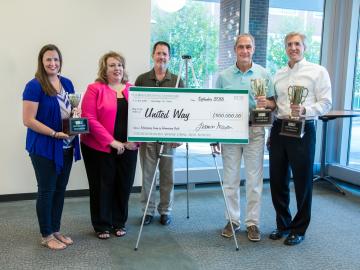
The 2016 United Way campaign at the Department of Energy’s Oak Ridge National Laboratory raised $900,000 – an increase of $30,000 over the 2015 campaign. “This is a fantastic and generous offer of support from our employees, management, volunteers and everyo...
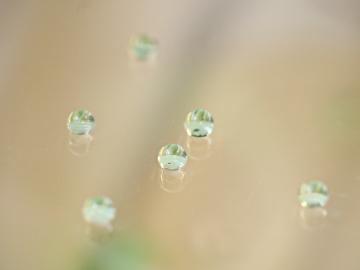
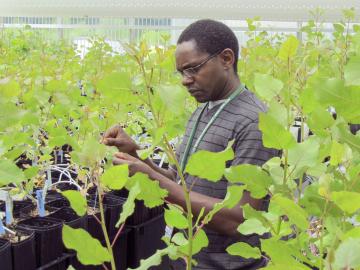
GreenWood Resources has licensed an Oak Ridge National Laboratory technology based on the discovery of a gene in poplar (Populus trichocarpa) that makes it easier to convert poplar trees into biofuels. GreenWood, a global timberland investment and asset m...
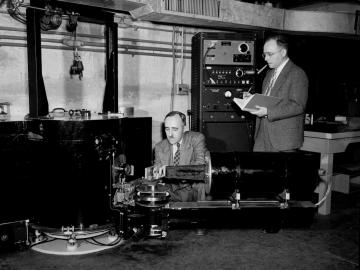

The nation’s top innovators will soon have the opportunity to advance their promising energy technology ideas at the Department of Energy’s (DOE’s) Oak Ridge National Laboratory (ORNL) in a new program called Innovation Crossroads. Up to five entrepreneurs will recei...
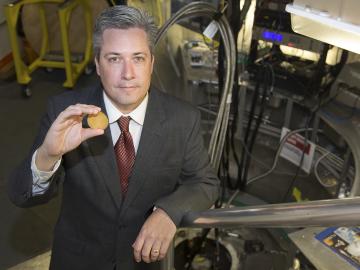
The lighter wand for your gas BBQ, a submarine’s sonar device and the ultrasound machine at your doctor’s office all rely on piezoelectric materials, which turn mechanical stress into electrical energy, and vice versa. In 1997, researchers developed piezoelectric...
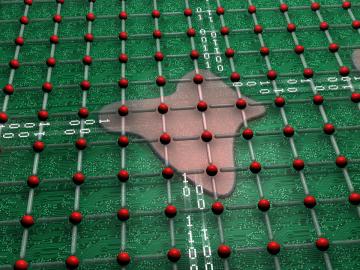
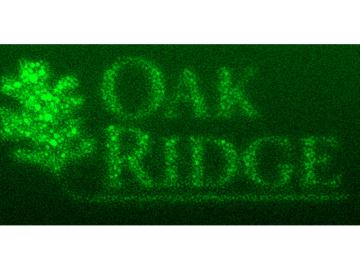

The Department of Energy’s Oak Ridge National Laboratory has received funding from DOE’s Exascale Computing Project (ECP) to develop applications for future exascale systems that will be 50 to 100 times more powerful than today’s fastest supercomputers.
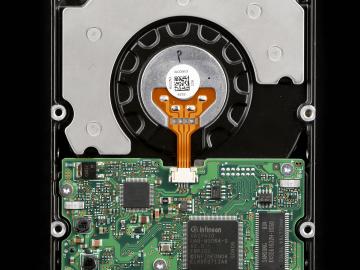
The Department of Energy’s Oak Ridge National Laboratory and Momentum Technologies have signed a non-exclusive licensing agreement for an ORNL process designed to recover rare earth magnets from used computer hard drives. The patent-pending process developed as par...


